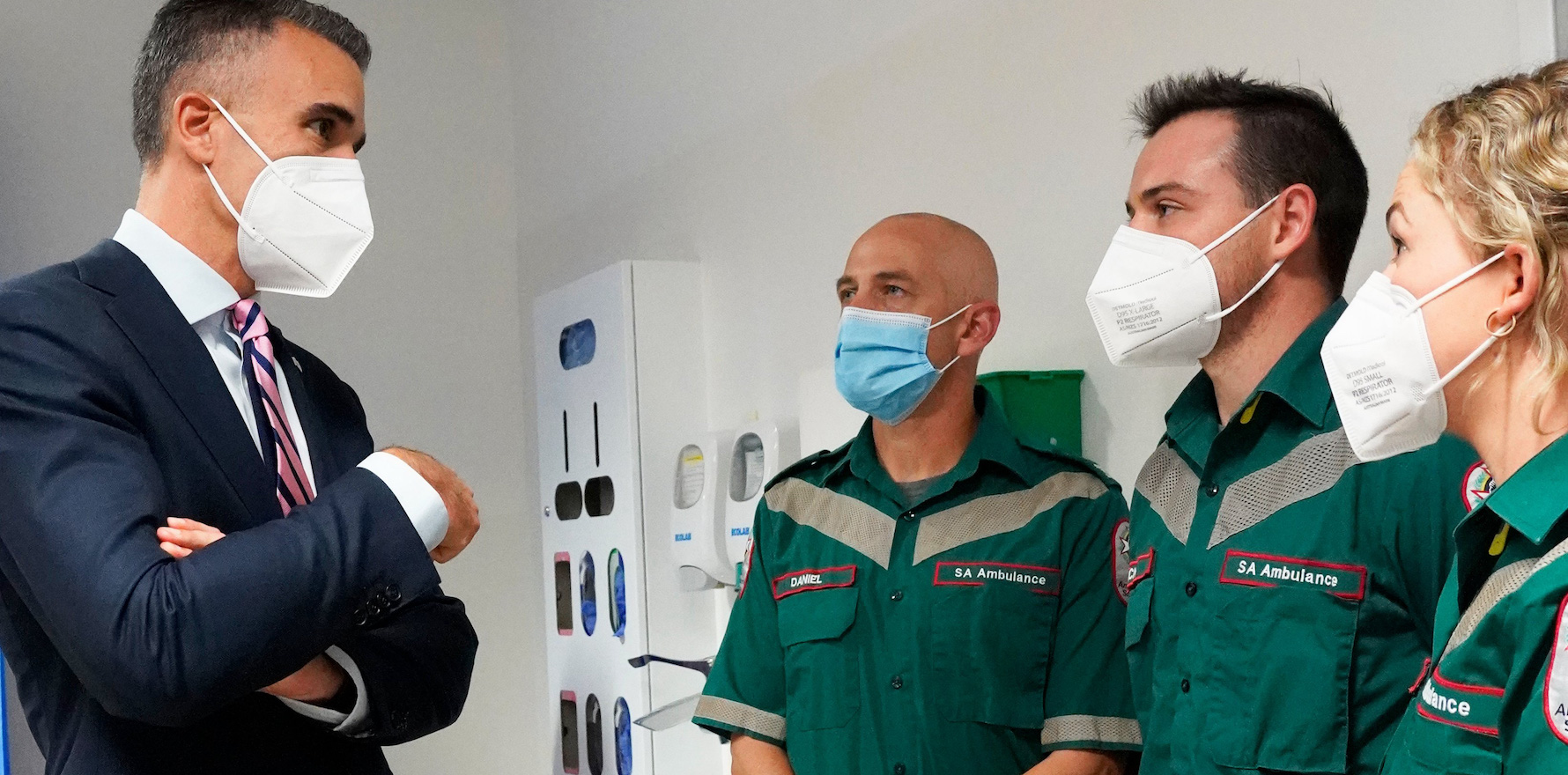The state’s voters chose a public health platform rather than a pitch based on economic record, but what are GPs looking for?
While ambulance ramping and covid got the most political coverage ahead of the South Australian election last month, The Medical Republic asked two senior GPs what they need from the Malinauskas administration.
Mike Beckoff, ACRRM board member and SA rural generalist
Primary care and prevention
We’re really looking for the new SA government health department to invest in primary care, in prevention and in health promotion, because they’re going to get a better bang for their buck than investing in tertiary care. Of course, the trick is that if you invest in primary care, it takes time to get the follow-on positive effects of that.
Most governments are in for three or four years and they aren’t able to demonstrate anything significant during that time with an investment in primary care – that takes longer. But it’s in the government’s interest to protect their population to have a very strong primary health sector, whereby all preventative health and health promotion can be done.
Many people forget – they look at ambulances coming to the ED department and what happens next, but what they should be doing is saying, Well, how can we stop people getting into ambulances in the first place? How can we work up all our cardiac prevention and respiratory work so that people don’t need secondary and tertiary care? It can all be done in primary care.
Ramping
On today’s news, we’ve had another ramping death, someone had a cardiac arrest, waiting outside an ambulance for five hours, and Peter Malinauskas’s comment was: “You know, maybe it’s going to take years for us to change ramping.” I haven’t actually seen what his plan is so I can’t comment but he talks about getting an extra 100 doctors. Well, where are they going to come from? What are they going to do? We need to see what his actual plans are and, if possible, contribute to that, certainly from a primary care perspective.
Rural
From an ACRRM perspective, we want to see investment in training in South Australia’s rural areas. The rural workforce throughout the country is crying out for doctors, and it’s the same in South Australia where we’re at least 60 or so doctors short in rural areas. Even though there is recruitment going on, we still seem to always be short. We want to train our own.
For many, many years before the rural generalist pathway nationally came into being, most of the trainee doctors doing general practice training programs often had to go interstate to get their advanced specialised training in areas such as anaesthetics. We’ve now got a pathway in South Australia that needs funding from the state and investment in training places.
The rural LHNs [local health networks] are not funded to do training whereas the urban ones are. So, we put a submission in to the last Liberal government for a significant amount of training money for each of those rural LHNs … [but that government] went into caretaker mode, so who knows what’s happened to that?
Dr Danny Byrne, RACGP chair SA & NT and suburban Adelaide GP
Rural
We’re in unusual times where there’s a sort of collision of demographics, there’s the ageing population, and we’re very city-based state, so the country doctors are retiring and there’s no doctor to replace them in small rural towns.
It’s the state government that employs doctors for the hospital work they do in the rural areas, so the only place the money is going to come from, or the incentives or the support, is the state government. It could be grants, incentives, housing, jobs for spouses – they’ve just got to be creative.
The last government had a big fight with the rural doctors virtually for the last two years over terms and conditions for the hospital work they do in the rural hospitals, and they only settled that just a few weeks before the election. So, I hope the new government will have better relationships with rural doctors, as far as contracts and payment goes, and that they recognise the worth and value of the rural GP.
Include GPs in planning
[When a natural disaster occurs], there are always great state systems that are set up, but they don’t realise that the people on the ground want their usual GP to be there to look after them. GPs are often left out in the cold; they’re forgotten about by the state emergency systems, not realising that we we’re nimble, we’re flexible, we know our patients, and we’re very willing – we want to help our patients triage and get over the emergency.
It seems like we’re forgotten, so we scramble and do our best and get things happening, but no one’s thought to include us in the planning beforehand.
We’re just talking about interim arrangements here, what’s going to happen in the next few days, like allowing the GP to set up in the evacuation centre and they’ll do the job for you. You don’t have to reinvent the wheel.
Status of general practice
When you talk about state-federal coordination, I think both try really hard, but their hands are tied behind their backs. Only 12% of medical students want to do general practice; there’s the Medicare freeze; the de-funding of general practice; the lack of recognition – it’s all coming home to roost. It’s got beyond crisis point – and this is now federal, but whoever wins the election in May has got to rectify that because the young doctors are voting with their feet, quite literally.
Main image: New South Australian Premier Peter Malinauskas meets ambulance workers, from @PMalinauskas onTwitter



